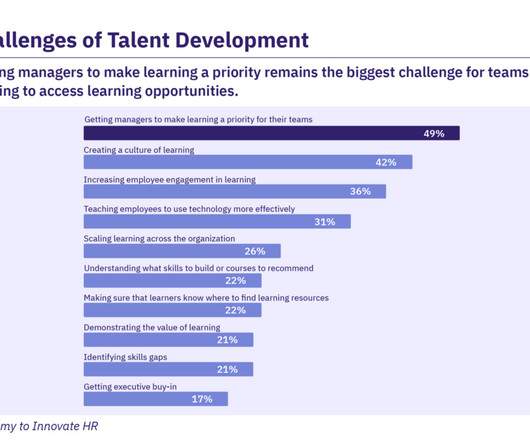Recession-Proof Your L&D Strategies and Budget For Future Success
AIHR
APRIL 20, 2023
The majority of budget resides in fixed costs related to headcount. Given the current talent market, we also believe there are some opportunities for alternative models such as gig-workers and job-sharing to be utilized to reduce fixed costs within the L&D organization.








Let's personalize your content